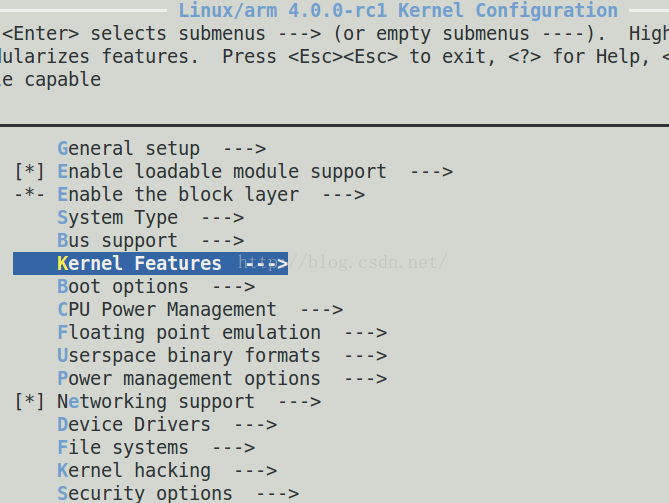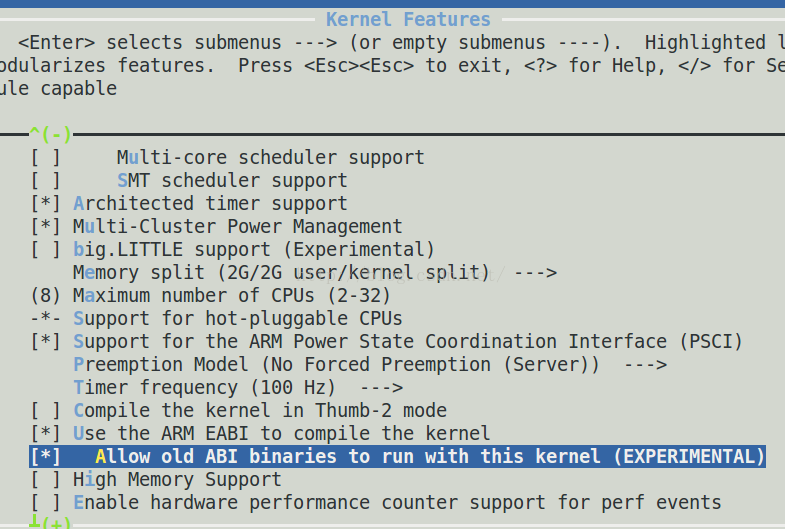实验平台内核版本为4.0-rc1,增加的系统调用仅仅是简单打印一个Hello World,最后我们在用户空间用swi指令验证。涉及到的改动如下:
1.在内核中增加文件arch/arm/kernel/mysyscall.c,这个文件实现新的打印Hello World的系统调用。
#include <linux/printk.h>
void sys_helloworld(void)
{
printk("hello world\n");
}
修改arch/arm/kernel下的Makefile编入该文件:
--- a/arch/arm/kernel/Makefile
+++ b/arch/arm/kernel/Makefile
@@ -18,7 +18,7 @@ CFLAGS_REMOVE_return_address.o = -pg
obj-y := elf.o entry-common.o irq.o opcodes.o \
process.o ptrace.o return_address.o \
setup.o signal.o sigreturn_codes.o \
- stacktrace.o sys_arm.o time.o traps.o
+ stacktrace.o sys_arm.o time.o traps.o mysyscall.o
obj-$(CONFIG_ATAGS) += atags_parse.o
obj-$(CONFIG_ATAGS_PROC) += atags_proc.o
2.将sys_helloworld加入syscall的表,并修正syscall的数量:
数量修正,注意不是加1,而是加4,这个主要是因为padding对齐的原因。
--- a/arch/arm/include/asm/unistd.h
+++ b/arch/arm/include/asm/unistd.h
@@ -19,7 +19,7 @@
* This may need to be greater than __NR_last_syscall+1 in order to
* account for the padding in the syscall table
*/
-#define __NR_syscalls (388)
+#define __NR_syscalls (392)
/*
* *NOTE*: This is a ghost syscall private to the kernel. Only the
把sys_helloworld函数指针填入arch/arm/kernel/calls.S
--- a/arch/arm/kernel/calls.S
+++ b/arch/arm/kernel/calls.S
@@ -397,6 +397,7 @@
/* 385 */ CALL(sys_memfd_create)
CALL(sys_bpf)
CALL(sys_execveat)
+ CALL(sys_helloworld)
#ifndef syscalls_counted
.equ syscalls_padding, ((NR_syscalls + 3) & ~3) - NR_syscalls
#define syscalls_counted
编译内核时候,使能OABI的兼容:


重新编译内核后,写应用程序来验证这个系统调用。
3.应用程序验证,OABI和EABI两种方式:
程序如下:
#include <stdio.h>
#define sys_oabi_hello() __asm__ __volatile__ ("swi 0x900000+388\n\t")
#define sys_eabi_hello() __asm__ __volatile__ ("mov r7,#388\n\t" "swi 0\n\t" )
void main(void)
{
printf("start hello\n");
sys_oabi_hello();
sys_eabi_hello();
printf("end hello\n");
}
OABI方式下,系统调用方式是“swi 0x900000+388”,EABI则是把388填入r7,之后发“swi 0"。
关于OABI和EABI的区别,可以在PC上运行man syscall,得到答案如下:
arch/ABI instruction syscall # retval Notes
────────────────────────────────────
arm/OABI swi NR - a1 NR is syscall #
arm/EABI swi 0x0 r7 r0

